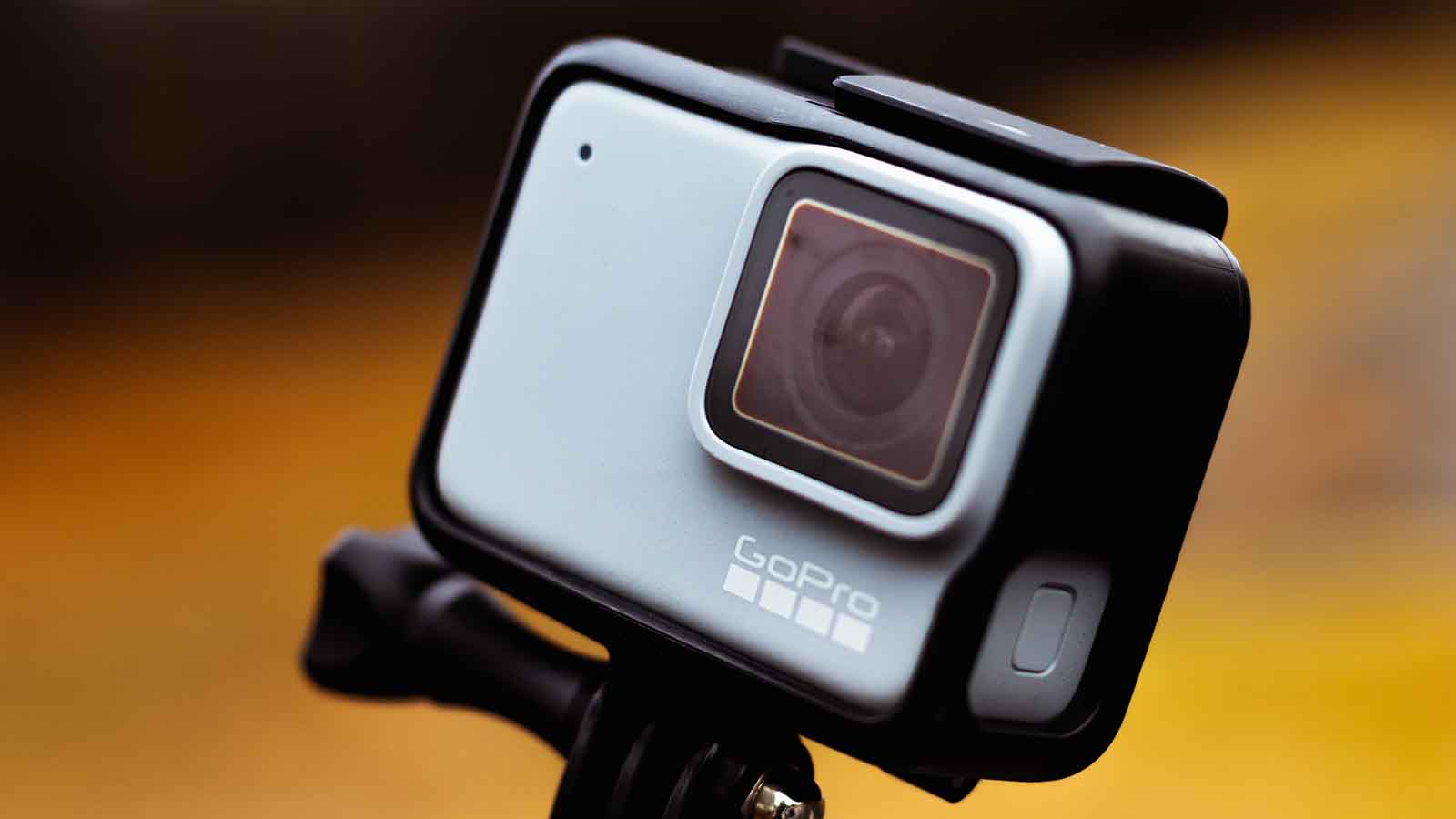Action camera maker GoPro’s (NASDAQ:GPRO) glory days are long past. At its current $4.40, GoPro stock has lost more than 95% of its value compared to the heady days of 2014 when it seemed like everyone wanted to strap a GoPro camera onto their bike, drone, helmet or surfboard. Even 2019 has been roller coaster ride for investors.
GPRO stock started out the year on a rally, climbing to $7.55 in May before a series of spikes and dips, including a steep drop of 33% in the first week of October when the company slashed revenue and earnings forecasts. In December, GoPro stock has put together a bit of a rally, gaining nearly 14% since the start of the month. But will this one last, or is it just the prequel to the next big drop?
HERO8 Black Delayed, GPRO Investors Denied
The most recent big GPRO stock move took place in the first week of October and it was a brutal one for investors. Once again, the company ran into production delays of a key product just in time for the critical holiday sales season. This time it was the new GoPro HERO8 Black camera that was delayed. As a result, the company revised full-year revenue guidance for 2019. Instead of the expected growth of 9%-12%, GPRO is now predicting full-year revenue growth in the 6%-9% range.
The market was not impressed by the news and punished GoPro stock, losing a third of its value in a matter of days. After a brief rally followed by another dip, GPRO stock is now up 29% from its October low point, and 2.8% for 2019.
Big Name Rivals
Production delays are a result of fierce competition forcing GoPro to push the envelope with its new action cameras.
The company faces some very tough competitors, with name-brand recognition, global distribution, advanced technology and big marketing budgets. Companies like Sony (NYSE:SNE) and Garmin (NASDAQ:GRMN). One of the reasons behind the collapse of GPRO stock in May — when it lost 16.5% in two weeks — was the news that Chinese drone maker DJI was entering the action camera market. DJI’s Osmo is a premium camera with performance comparable to GoPro’s best (plus new features), but priced $50 less.
Bottom Line for GPRO Stock
At this point, GRPO stock is underpinned by a one trick pony. Yes, the company has expanded its offerings to include more accessories, a 360-degree camera, apps and even a monthly subscription service. Ultimately, though, everything the GoPro does rolls up to action cameras. An attempt to diversify into drones in 2016 crashed and burned spectacularly.
Smartphones may have effectively killed the point-and-shoot camera, but the global market for action cameras remains remarkably resilient. Social media demands a constant stream of cool video and even though smartphones are increasingly water resistant, they are also increasingly expensive. Consumers don’t want to risk it. Once expected to be the next victim the smartphone, a recent report pegged the global action camera market to more than double from 2017’s $4.24 billion in sales to $9.38 billion in 2023.
The problem is that GoPro no longer has the lock on the market that it once did. In 2014 when GPRO stock hit near $87, the company had a 42% share of global action camera sales. Its HERO cameras were clearly superior to the competition, allowing it to price accordingly and enjoy fat profit margins. Today the company faces high-profile, big-name competition in that battle for consumer dollars. That means sliding market share, a relentless need to innovate and pricing pressure.
In other words, despite predictions of growth for the action camera market, the future looks like more of the same for GoPro stock. Flat growth, punctuated by spikes and dips corresponding to events like holiday sales and panic over production challenges and new competitors. Not a pretty picture.
As of this writing, Brad Moon did not hold a position in any of the aforementioned securities.

